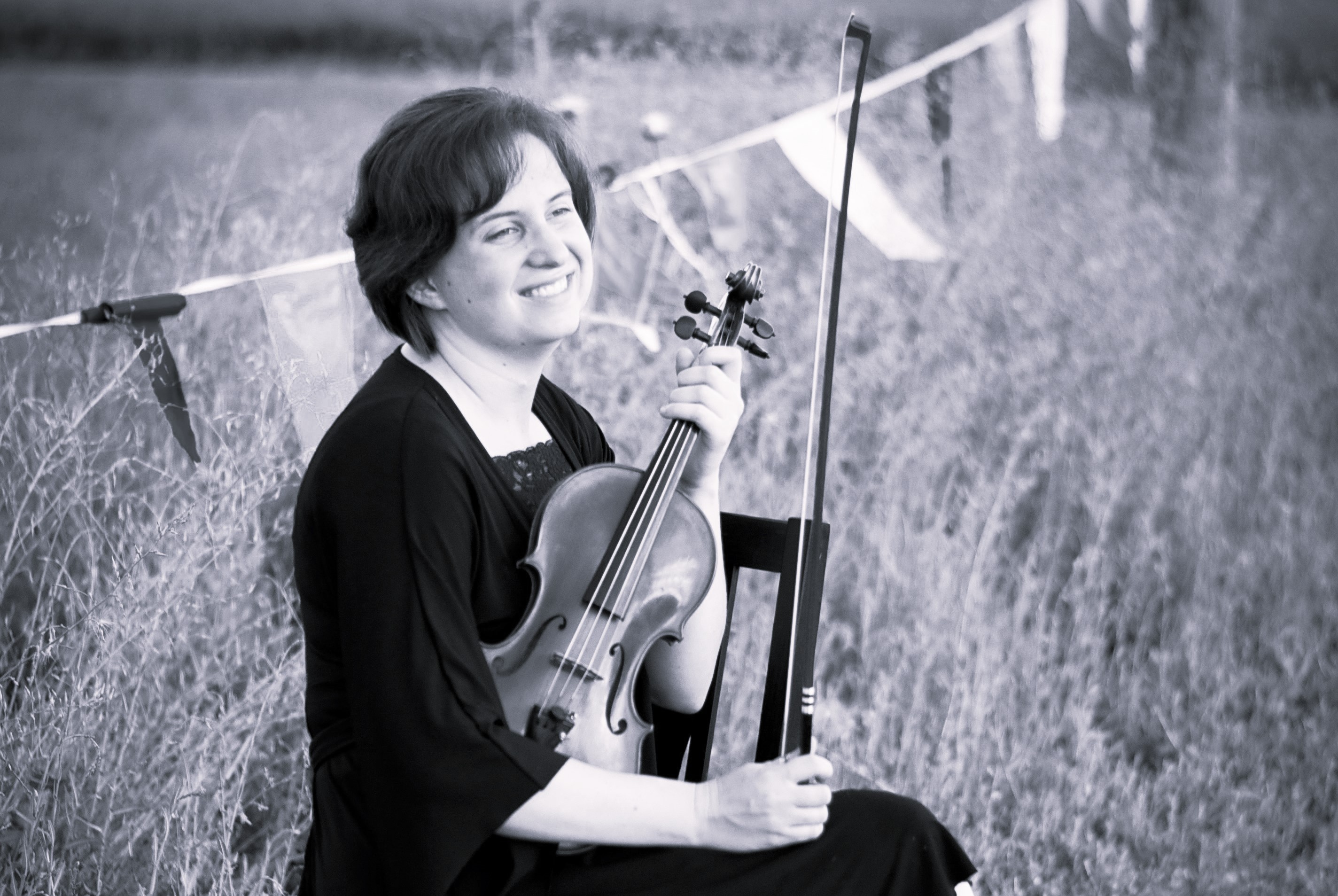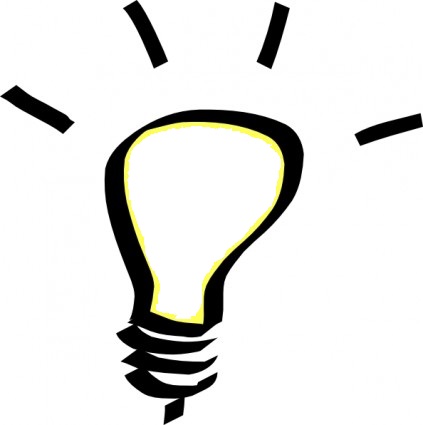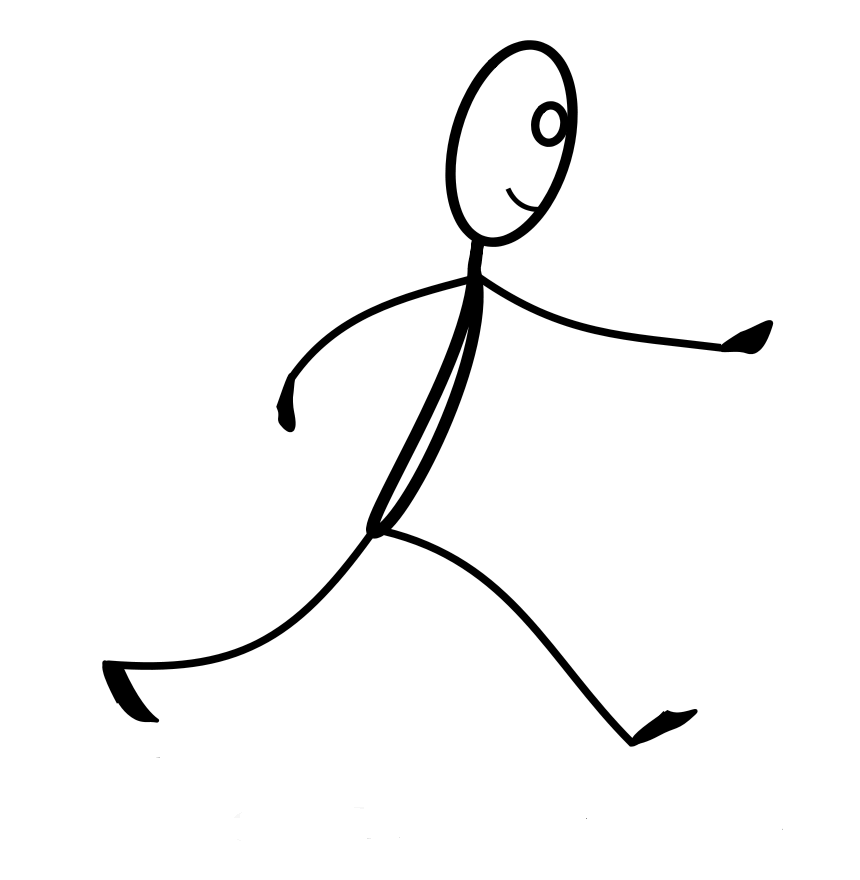Valuing Values"”A Case for Character Education
Martin Luther King, Jr. said, "Intelligence plus character - that is the true goal of education" (Paige 2003). Values are not just nice things we can tack on as an afterthought to a child's education. Values are woven into life like threads in a blanket. Once the threads begin to unravel, life and society as we know it begins to fall apart. If kids don't get these things at home, or if they don't go to church, where will they get them? Are we saying that values no longer matter--that if kids don't get them at home or church, they don't need them at all?
Rafe Esquith, winner of the American Teacher Award, says in his book There are No Shortcuts that kids are beginning to think they are entitled to life, liberty, and happiness, without remembering the other half of the equation: pursuit. The Founding Fathers said that mankind is entitled to the pursuit of happiness. Teachers play a huge role in teaching young people how to pursue their goals. Teaching values is a good way to begin. In fact, for Esquith, "morality and matters of character . . . often dominate the day" (Esquith 2003).
Many well-known leaders have advocated for character-building in the schools. Herbert Spencer, who was famous for the phrase, "survival of the fittest," said, "Education has for its object the formation of character" (Indiana). Rodney Paige, former U.S. secretary of education, said, "We must help students to understand universal values like respect, tolerance, responsibility, honesty, self-restraint, family commitment, civic duty, fairness and compassion." He continues by tearing down the argument that teaching values is a violation of the separation of church and state. He says, "These are not the values of a particular religion. They are the values shared by all people of character, who are committed to freedom and justice" (Paige 2003).
Esther Schaeffer, executive director of the Character Education Parternship in Washington D.C. says, "To be effective, character education must be deliberate and intentional" (2000). If a child cheats on a test at school and the teacher doesn't correct him, he is telling the child that honesty doesn't matter and that cheating is the right thing to do. Obviously this is not correct . . .Think of when he grows up and gets a job and steals money from his employer. Not only will it affect his job status, it affects himself as a person and the rest of the community.
In his book Educating for Character, Thomas Lickona states that "there is no such thing as value-free education. The relevant issue is never "˜Should schools teach values?' but rather "˜Which values will they teach?' and "˜How well will they teach them?'" (Lickona 2004) In 1992, diverse groups of ethicists, teachers, and youth-service professionals met in a conference in Aspen, Colorado. Their goal was to come to agreement on what values should be taught in the schools. And they did it! Their final declaration resulted in the Character Counts movement and consisted of the following values: respect, responsibility, trustworthiness, justice and fairness, caring, and civic virtue and citizenship (Josephson 2007).
In a 1997 poll done by Newsweek, 506 parents were asked what their most important goal was for their children, ages 0-3 years. The most common response, accounting for 48% of the given responses, was "making sure their child grows up to be a moral person" (McDaniel 1998). One can only hope that, now, in 2021, parents feel the same. I know that as a relatively new parent myself, I applaud this way of thinking!
Finally, studies indicate that teaching values in the schools has had positive effects. Youth Opportunities Unlimited is an alternative public school in San Diego, California that teaches at-risk students who have been expelled from other schools. When values began being taught at this school, the dropout rate decreased from 23% to 13% in two years (Schaeffer 2000). 25 elementary and middle schools in Los Angeles reported that "major discipline problems decreased by 25 percent; minor discipline problems went down 39 percent; suspensions fell by 16 percent; tardiness dropped by 40 percent; and unexcused absences declined by 18 percent" as a result of a pilot program initiated by the Jefferson Center for Character Education. Similar statistical results were found in Utah and as far away as London. Ronni Ephraim, who handled students who were referred to her for discipline, said the line outside her office grew smaller and smaller as this program was implemented, until it was gone (Brandt 1993). I'm sure other schools would be interested in seeing the same kind of results. Character education appears to be a very effective way of achieving them.
Values are not "extra;" they're a part of life and need to remain in education. The issue should never be "Should we teach values?" but "Which ones and how?" Finally, teaching values to children everywhere is not only the right thing to do, but it gets results. Now we as teachers just need to be prepared to do it.
References
Brandt, R.S., ed. (1993). Educational Leadership 51 (3), p. 21, 42, 46, 68.
Esquith, R. (2003). There are no shortcuts. New York: Anchor Books, p. 58, 148.
Indiana clearinghouse for citizenship and character education. Retrieved December 4, 2007, from http://reading.indiana.edu/chared/definitions.html
Josephson Institute. (2007). The Aspen Declaration. Retrieved December 14, 2007, from http://charactercounts.org/aspen.htm
Lickona, T. (2004). Summing up the case for values education. Retrieved October 26, 2007, from http://www.heartwoodethics.org/4-research/summing.asp
McDaniel, A.K. (1998). Character education: Developing effective programs. Journal of extension 36 (2). Retrieved November 29, 2007, from http://www.joe.org/joe/1998april/a3.html
(2003). Remarks of secretary Paige at the character education partnership 10th anniversary dinner. Retrieved October 26, 2007, from http://www.ed.gov/news/speeches/2003/10/10162003.html
Schaeffer, E.F. (2000). Implementing character education. Electronic journal of the state department 5 (2). Retrieved October 26, 2007, from http://usinfo.state.gov/journals/itsv/0600/ijse/classroom.htm








